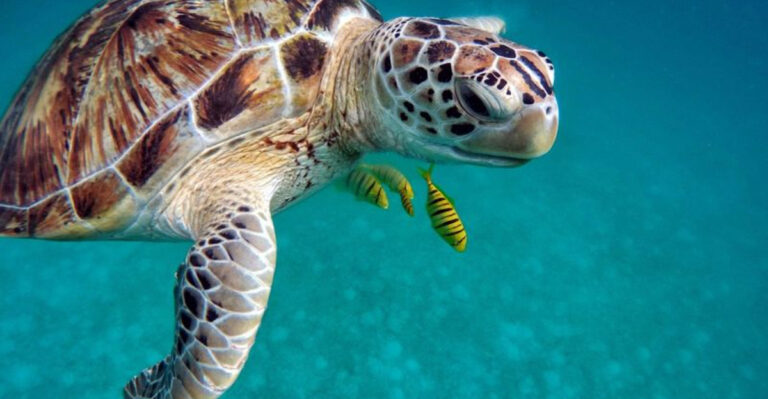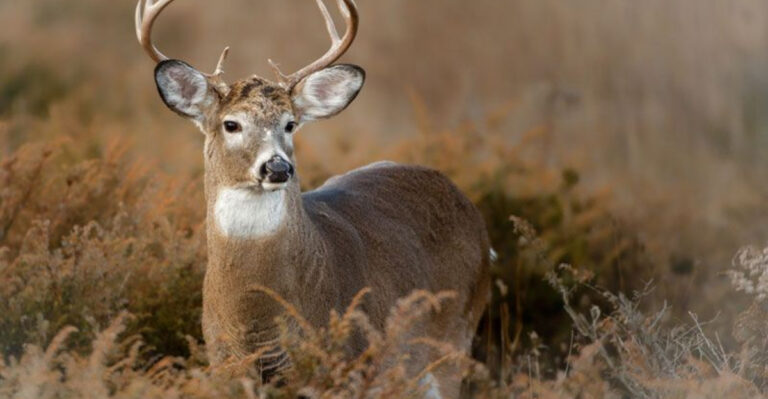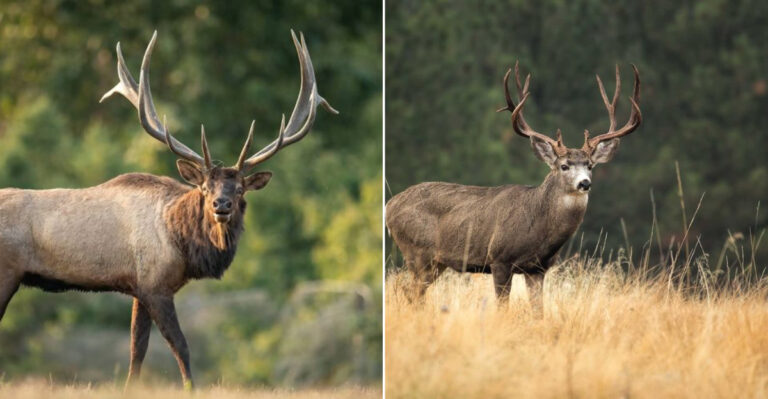Wild Donkeys: A Tale Of Strength, Loyalty, And Survival
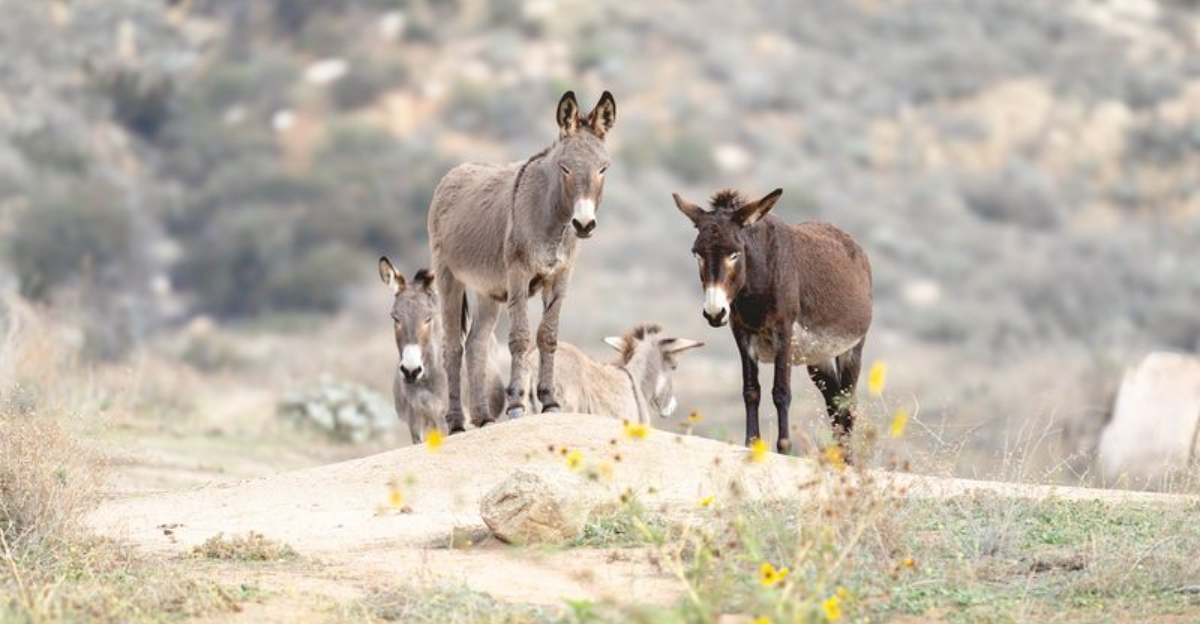
Hidden in rugged landscapes across the globe, wild donkeys have carved out remarkable survival stories. These resilient creatures are distant cousins to horses but bring their own unique adaptations to harsh environments.
Far from their domesticated relatives, wild donkeys showcase incredible intelligence, social structures, and survival skills that have helped them thrive for thousands of years.
1. Desert Masters
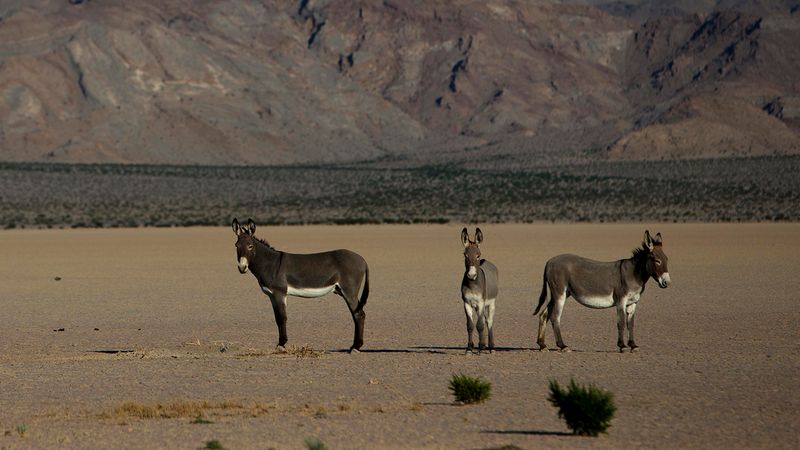
Unlike horses, wild donkeys can survive on vegetation so sparse you’d wonder how anything could live there. Their super-efficient digestive systems extract maximum nutrition from thorny plants other animals avoid.
They can lose up to 30% of their body weight in water and bounce back completely—a superpower in scorching deserts where water sources might be days apart.
2. Built-In GPS System
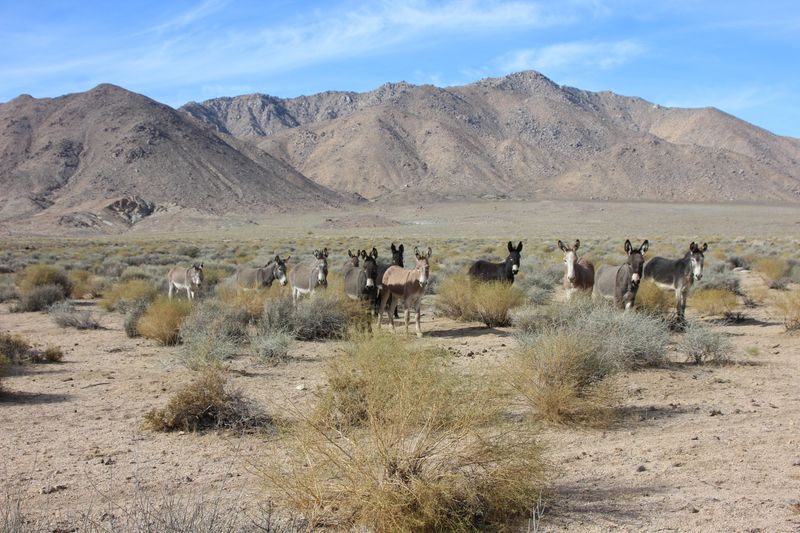
Ever been lost without your phone? Wild donkeys never have this problem! Their internal navigation skills allow them to remember water sources they’ve visited just once, even years later.
Scientists believe they create mental maps combining visual landmarks, smells, and possibly even magnetic field sensitivity to navigate across vast territories spanning hundreds of miles.
3. Earthquake Predictors
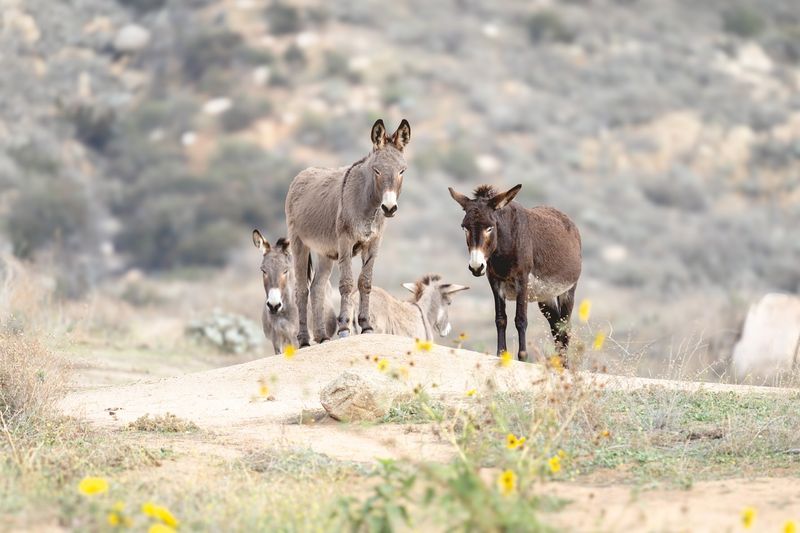
Several communities report wild donkeys acting strangely before earthquakes hit. They’ve been observed stomping, braying unusually, and even fleeing areas hours before tremors that humans couldn’t detect.
Their sensitive hooves might pick up subtle vibrations through the ground, potentially sensing P-waves – the first, less destructive earthquake waves that arrive before the damaging S-waves.
4. Ancient History Stars
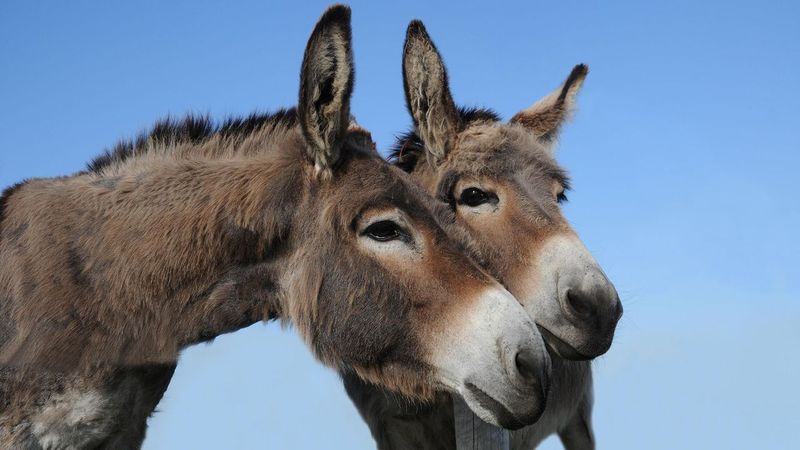
Cave paintings featuring donkeys date back over 20,000 years! These artistic tributes show how long humans have admired these animals.
Wild donkeys were among the first animals domesticated, around 5,000 BCE in Egypt and Mesopotamia. Their domestication revolutionized ancient transportation and farming, literally carrying civilizations forward on their sturdy backs.
5. Supersonic Hearing
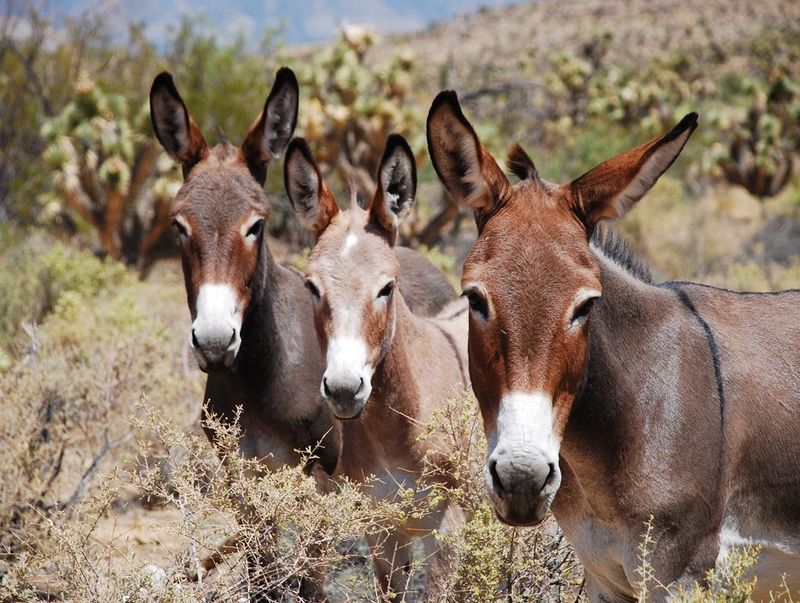
Those iconic long ears aren’t just for show! Wild donkeys can rotate each ear independently, creating a sophisticated sound-locating system that detects predators from miles away.
Their hearing range extends far beyond human capabilities. They can pick up ultrasonic sounds similar to bats, helping them detect subtle movements of predators even in complete darkness.
6. Social Network Champions
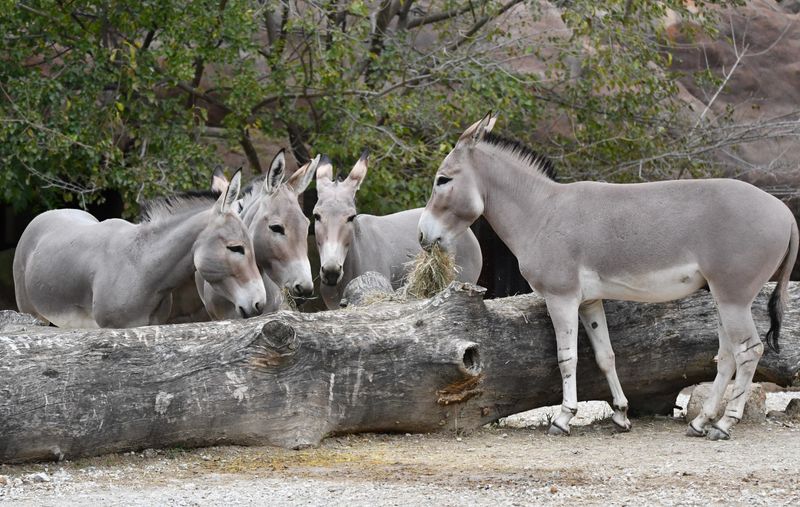
Forget what you’ve heard about loners! Wild donkeys maintain complex social structures called fission-fusion societies, where groups constantly merge and split based on resources and seasons.
Members recognize each other after years of separation through unique vocalization patterns – like remembering an old friend’s voice. These sophisticated relationships help them cooperate for protection and finding resources.
7. Kick-Boxing Experts
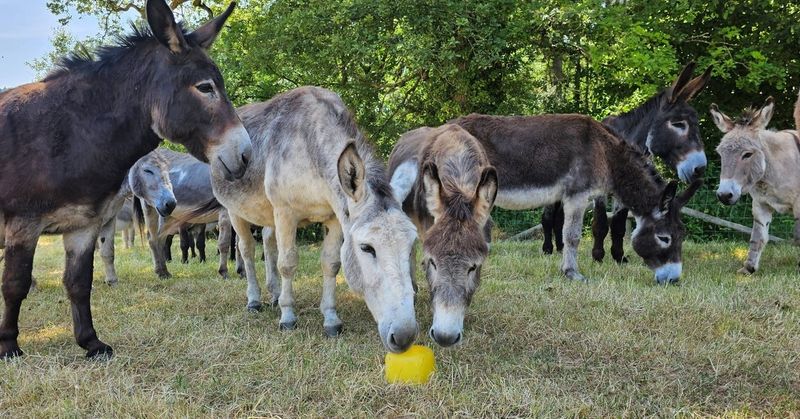
A donkey’s kick can deliver over 2,000 pounds of force – enough to crack a predator’s skull or break bones instantly! Unlike horses that kick backward, donkeys can kick in almost any direction.
When threatened, they form defensive circles with young ones in the center, creating a 360-degree zone of protection with those powerful hooves facing outward. Even lions think twice before attacking!
8. Ecosystem Engineers
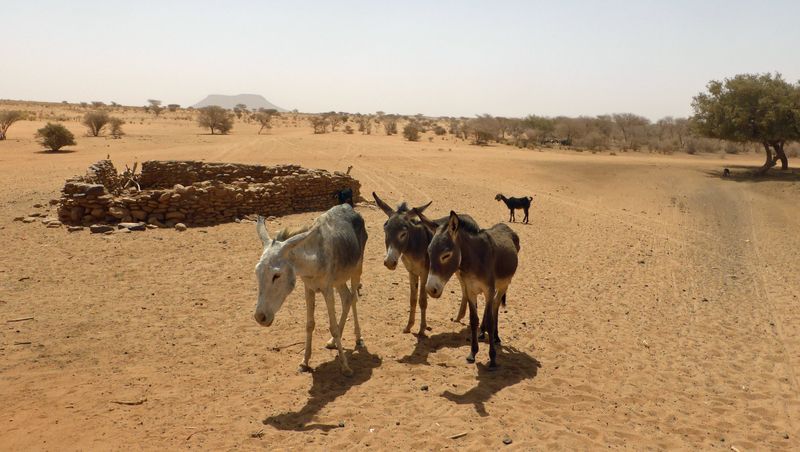
Wild donkeys transform landscapes by digging wells up to six feet deep with their strong hooves when water sources dry up. These “donkey wells” become lifelines for countless other species.
Research in the Sonoran Desert found over 30 different animal species using these wells, from tiny birds to large mammals. Some endangered species might actually depend on donkeys’ well-digging abilities during extreme droughts.
9. Weather Forecasters
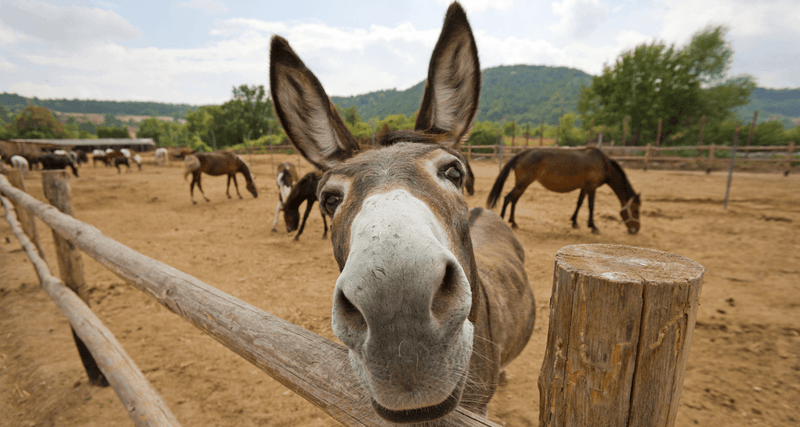
Farmers have long observed wild donkeys predicting weather changes hours before modern meteorologists can detect them. Their behavior shifts dramatically before storms arrive.
Before rain, they often gather on high ground, pointing their bodies in the direction the storm will come from. Their sensitive ears may detect distant thunder and changes in barometric pressure that humans simply can’t perceive.
10. Memory Masters
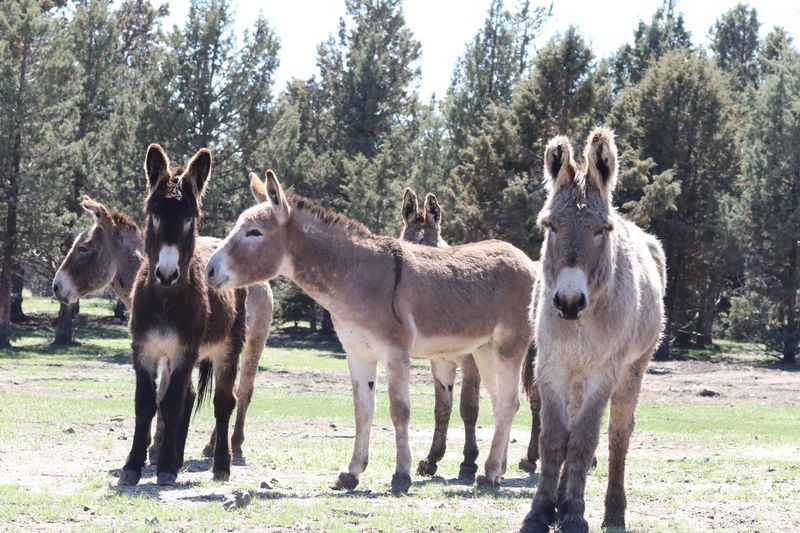
Wild donkeys never forget a face – friend or foe! Their recognition abilities rival elephants, remembering other donkeys and humans for decades, even after brief encounters.
This remarkable memory helps them maintain complex social structures and avoid dangerous situations. They’ll remember a threatening predator years later and alert their herd with specific vocalizations that communicate exactly what kind of danger approaches.
11. Nighttime Navigators

Twilight brings out wild donkeys’ secret superpower: exceptional night vision! Their large eyes contain a reflective layer called tapetum lucidum that amplifies available light.
They see clearly in conditions 95% darker than what humans need. This nocturnal advantage lets them travel and feed during cooler desert nights, avoiding daytime heat while spotting predators that might be lurking in shadows.
12. Medicinal Geniuses
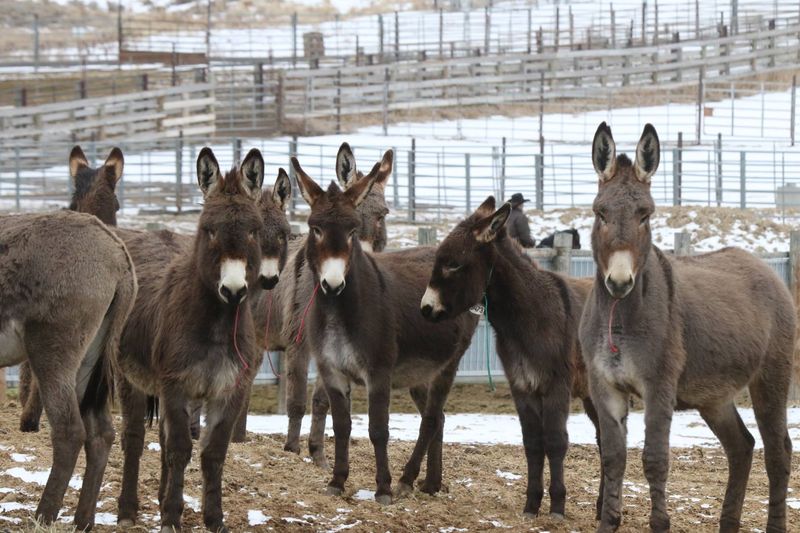
When sick or injured, wild donkeys seek specific plants with medicinal properties! They’ve been observed selecting certain herbs that contain natural anti-inflammatory compounds when limping or showing signs of illness.
This self-medication behavior, called zoopharmacognosy, shows remarkable intelligence. Some plants they select contain compounds similar to aspirin or antibiotics, suggesting an innate understanding of natural pharmacy.
13. Communication Specialists
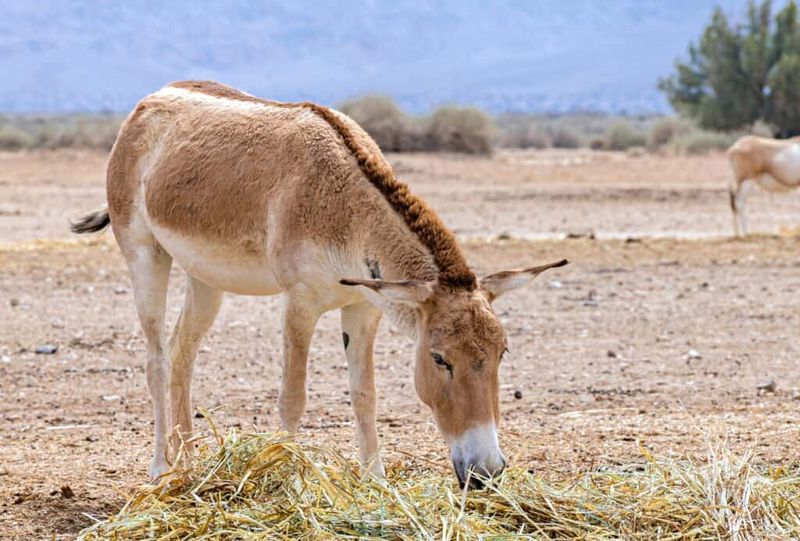
That famous braying sound? It’s just one of over 15 distinct vocalizations wild donkeys use! Each sound conveys specific information – from danger warnings to mating calls.
Their sophisticated communication includes body language too. Ear positions, tail movements, and body postures form a complex language. They can silently alert an entire herd to danger through subtle posture changes that predators won’t notice.
14. Problem-Solving Champions
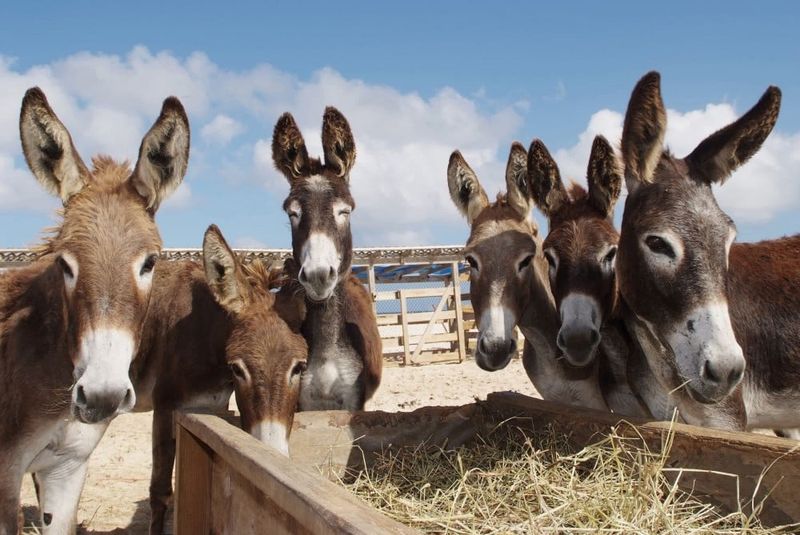
Wild donkeys regularly outsmart ranchers’ attempts to contain them by learning to open gates, untie knots, and even disable simple lock mechanisms! Their problem-solving abilities rival those of primates.
In one documented case, a group worked together to access water – one pushed a lever while others drank, then they switched roles. This cooperative problem-solving demonstrates both intelligence and social coordination.
15. Endangered Survivors
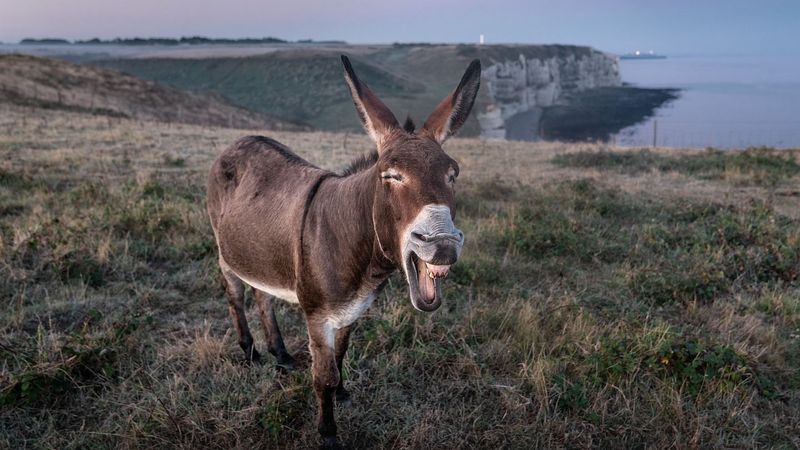
Despite their remarkable adaptations, wild donkey populations have declined by over 50% in the past 50 years. Only about 15,000 truly wild donkeys remain worldwide.
Conservation efforts face unique challenges because many people still view them as merely feral domestic animals rather than distinct wild species deserving protection. Their future depends on changing these perceptions and recognizing their ecological importance.

